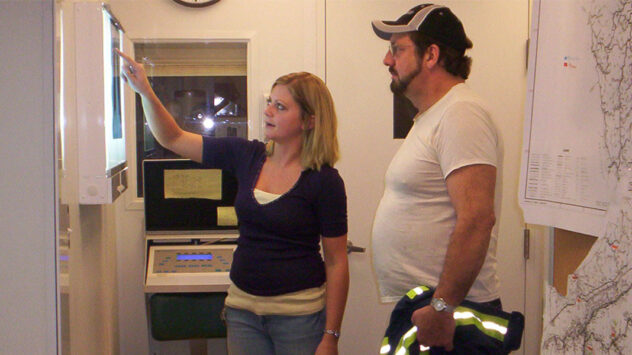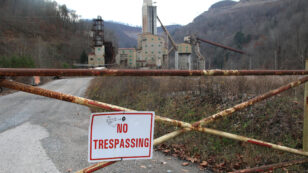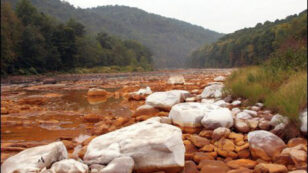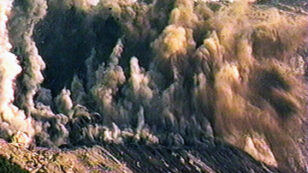
Coal Execs Indicted for Lying on Safety Tests
Eight former coal company officials were indicted in a Kentucky court Wednesday on charges that they lied to federal regulators about the levels of breathable dust in their mines, increasing their miners’ risk of exposure to the conditions that can cause black lung disease. The indictment includes charges that the former supervisors and safety officials […]

 233k
233k  41k
41k  Subscribe
Subscribe 





